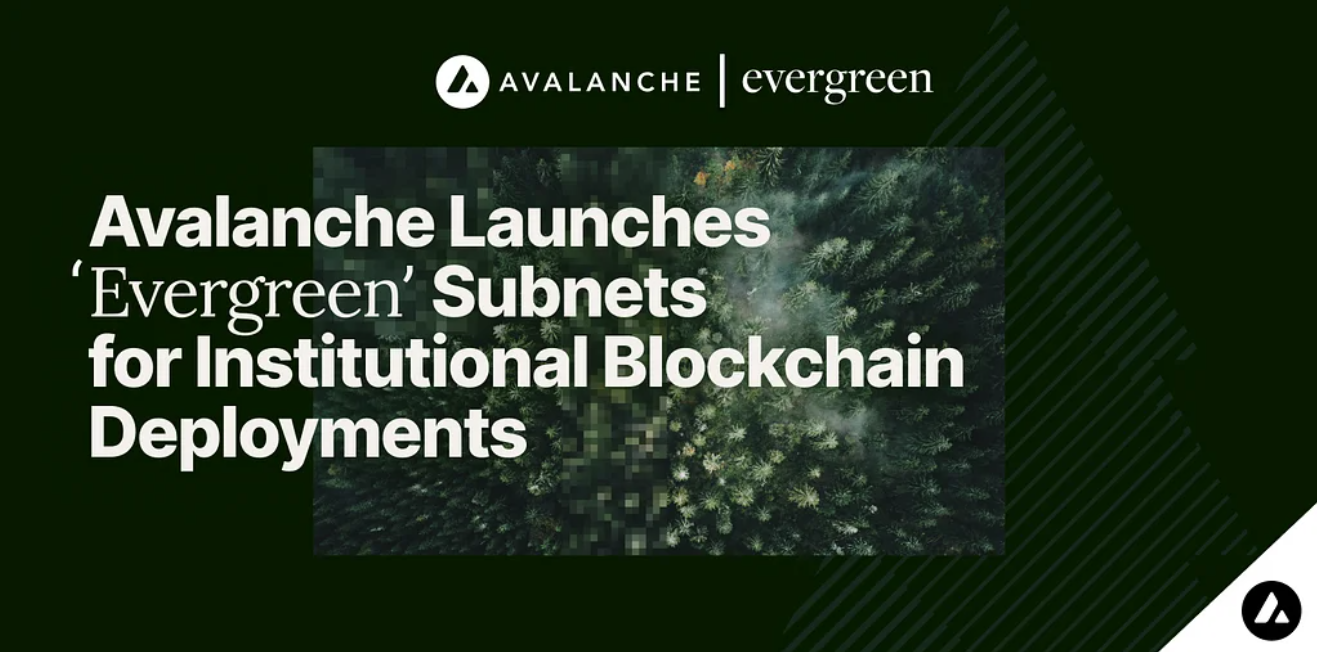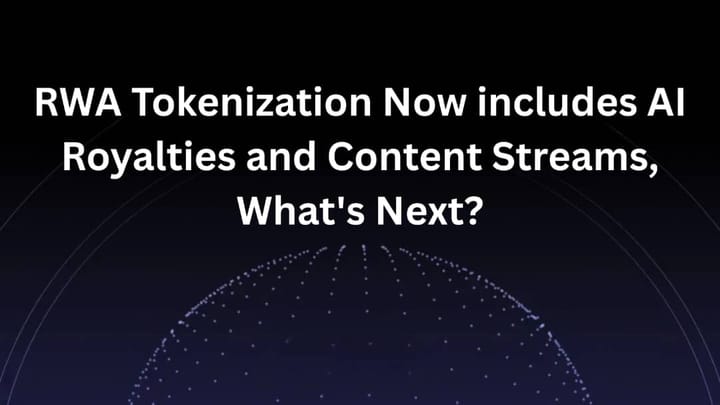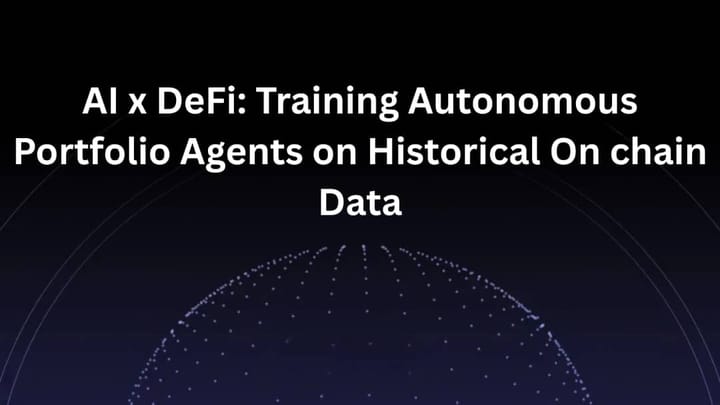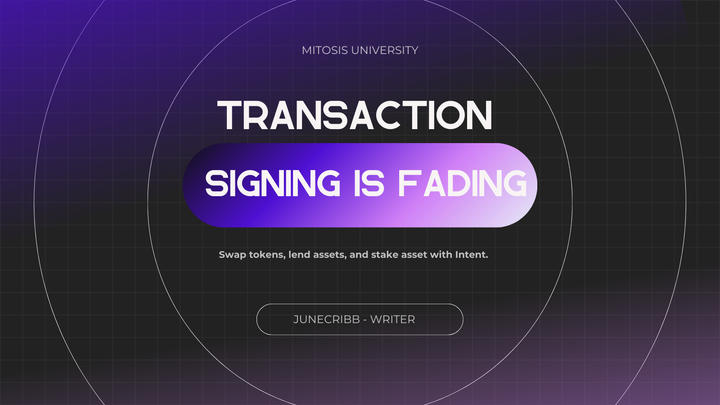Avalanche Subnets vs. Mitosis Modules: Who Wins the Race for Institutional Web3?

Introduction
On June 19, 2025, Avalanche introduced a new initiative: Subnet-as-a-Service, designed to help institutions deploy permissioned blockchain environments on demand. These private subnets come with customizable security, gas, and governance parameters - tailored for enterprises that want the power of Web3 without the risk of full public exposure.
This move echoes a broader shift: Web3 is modularizing, and Mitosis is already built for it. In this article, we compare Avalanche’s institutional subnet model with Mitosis’s chain-agnostic, dApp-first modular framework, and what it means for developers, enterprises, and DAOs alike.
What Avalanche’s Subnet-as-a-Service Offers
Avalanche’s rollout includes:
- Custom permissioned subnets for enterprise use
- Full control over validator sets and compliance policies
- Pre-packaged infra via AvaCloud
- Ideal for DeFi protocols, banks, and regulated asset issuers
These subnets are isolated but interoperable, forming a semi-private multichain within Avalanche’s broader L1.
The Mitosis Perspective: Modularity Without Walls
While Avalanche builds vertically within its ecosystem, Mitosis operates laterally:
- Mitosis dApps (e.g. MikadoHUB, Matrix Vaults, Spindle) are chain-agnostic and modular by design
- Morse DAO governs rollup deployment, liquidity logic, and developer tooling in a public, permissionless way
- Mitosis doesn’t enforce subnet isolation - it empowers composable logic across chains via zkLog and miAssets
This horizontal design lets any developer fork, deploy, and modify tools for their own mini-ecosystem.
Comparison Table: Avalanche Subnets vs. Mitosis Modules
| Feature | Avalanche Subnets | Mitosis Modules |
|---|---|---|
| Ecosystem Scope | Within Avalanche L1 | Chain-agnostic |
| Control Model | Institution-controlled | DAO-governed (Morse DAO) |
| Composability | Limited to subnet boundaries | Composable across dApps & chains |
| Deployment UX | AvaCloud service | Permissionless forks + open tooling |
| Enterprise Fit | High for regulated clients | Medium–High (with DAO flexibility) |
| Community Involvement | Low | High — dApp & liquidity contributors |
Strategic Takeaways for Mitosis Ecosystem
- Build the Public Counterpart
Develop "Rollup-as-a-Service" templates governed by Morse DAO - an open alternative to AvaCloud. - Modular Enterprise Kits
Launch SDKs or templates to integrate Mitosis logic into private deployments (e.g. on Gnosis, Base, or OP Chains). - DAO-Gated Infrastructure
Let communities vote on feature sets, audit logic, or scale funding through quests & referrals. - Use Cases to Target
- Composable vaults (Matrix)
- GameFi + NFT utility layers (MikadoHUB, YieldKingZ)
- Governance-as-a-service (Morse stack)
Conclusion
Avalanche is targeting institutions with a sandboxed, top-down Web3 model. Mitosis, in contrast, is crafting a bottom-up alternative - fully modular, permissionless, and governed by community.
Both models have merit. But in a world tilting toward open innovation, Mitosis’s composability-first architecture may prove more durable, adaptable, and inclusive.



Comments ()